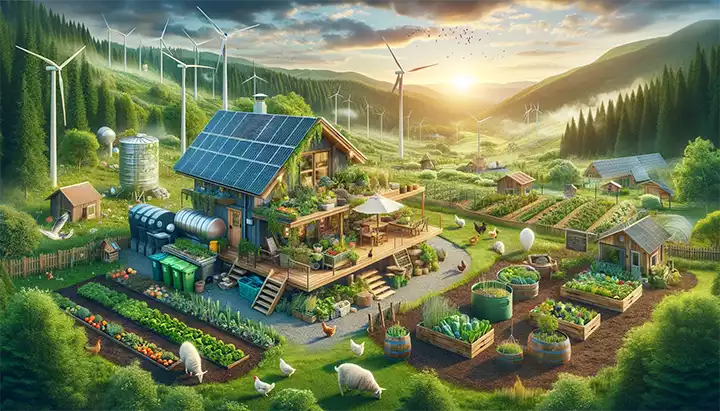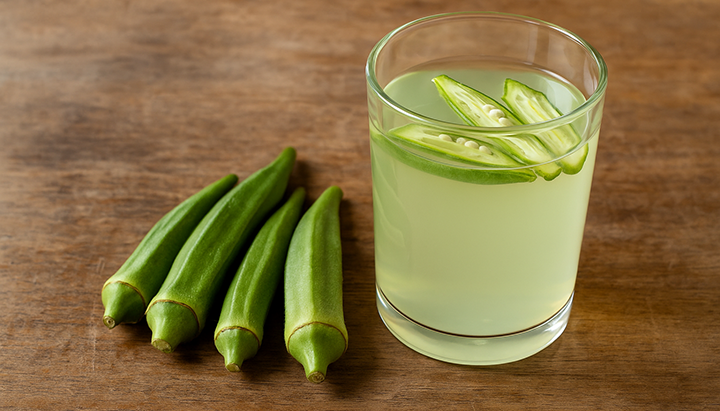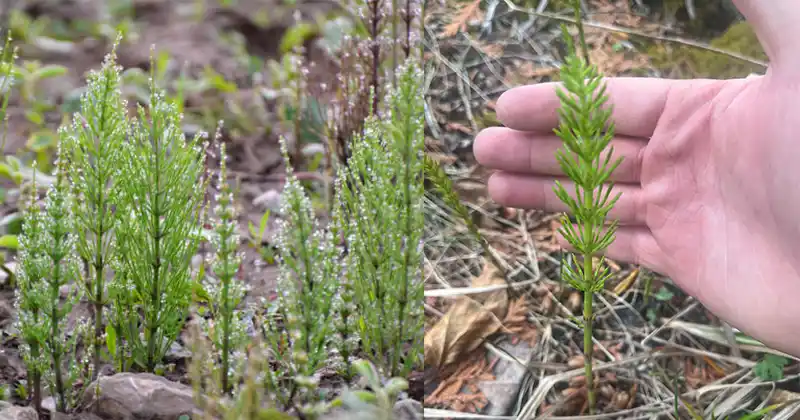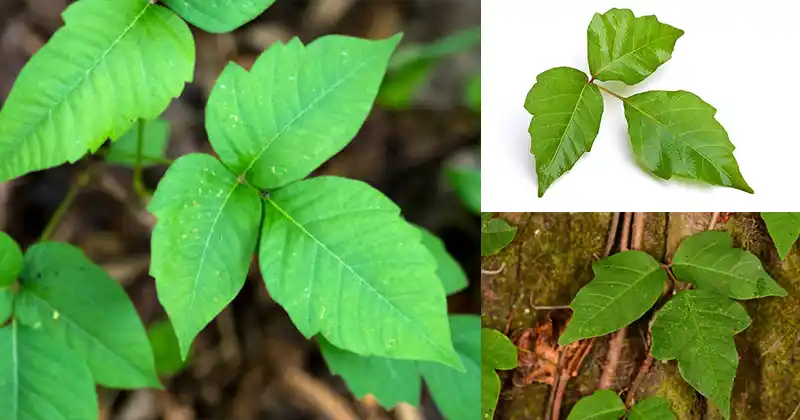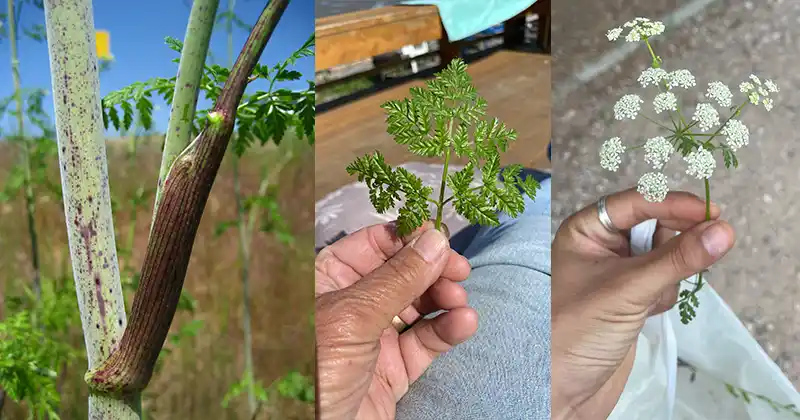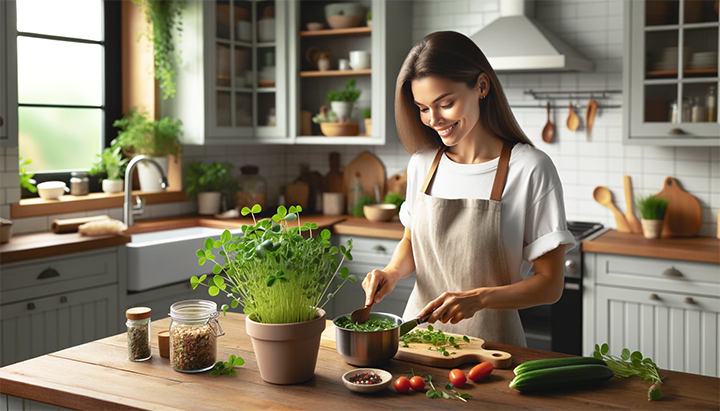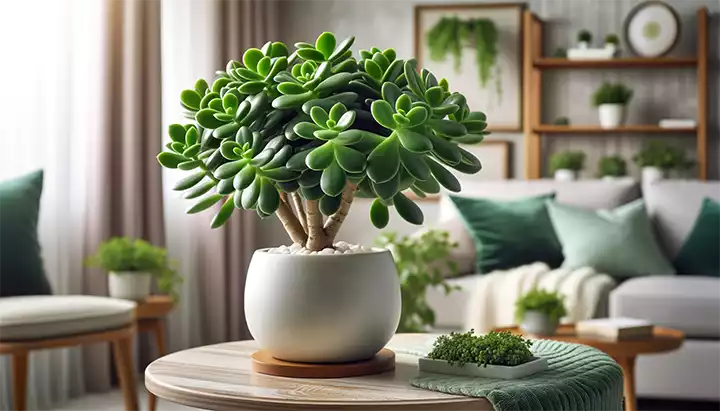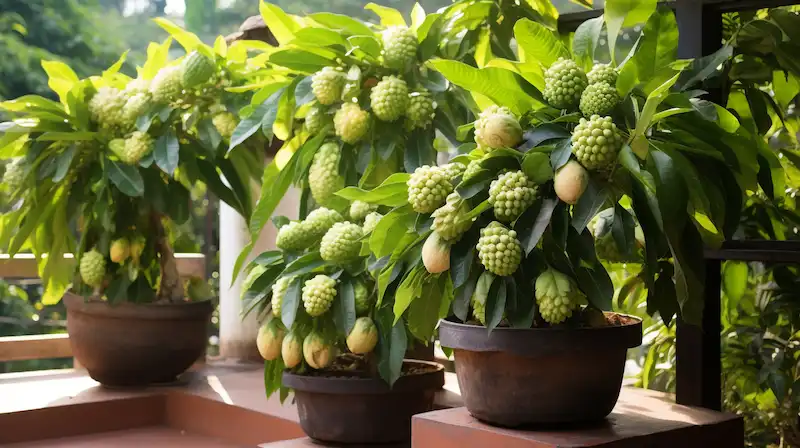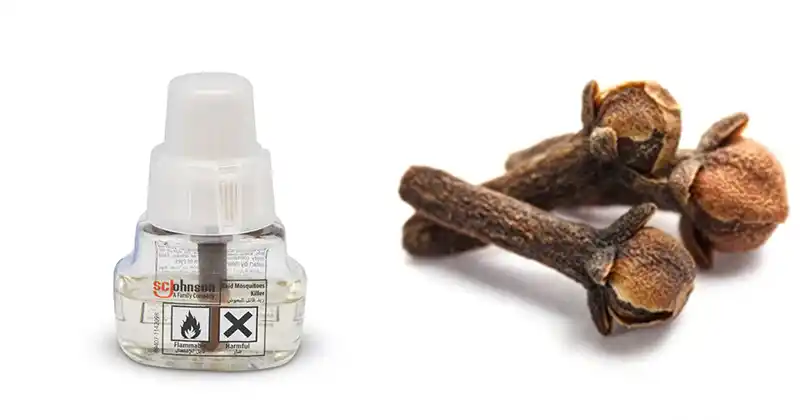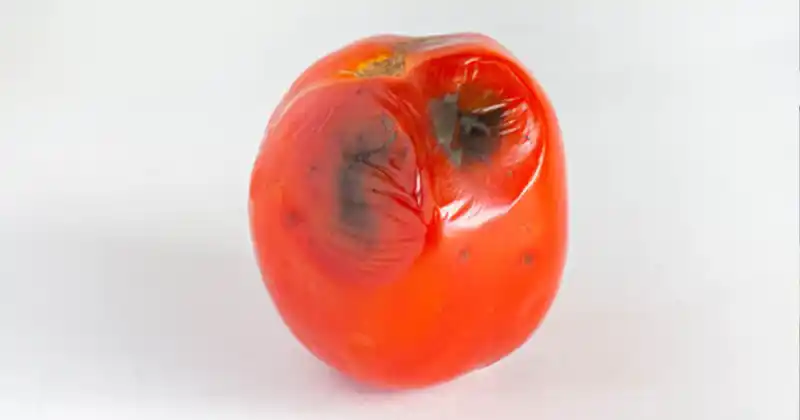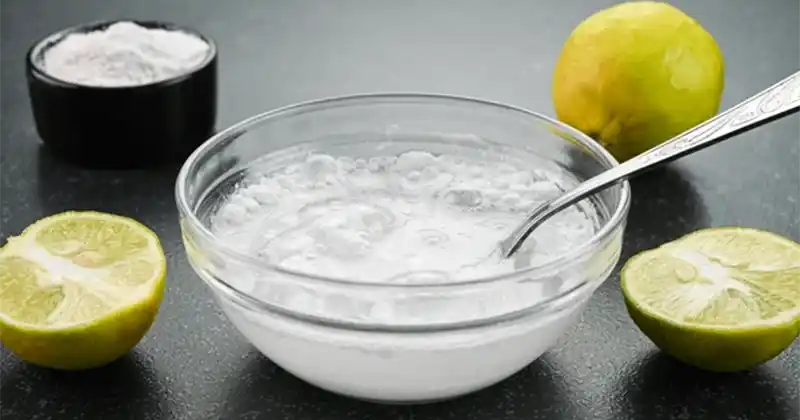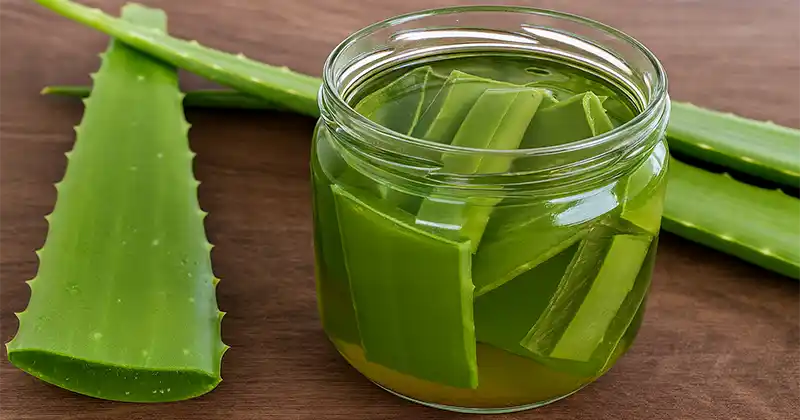Building a zero-waste homestead is a journey towards sustainability, self-sufficiency, and environmental responsibility. It involves creating a lifestyle that reduces waste to the bare minimum and utilizes resources in the most efficient way possible. This guide provides a detailed, step-by-step approach to building your zero-waste homestead.
What is a Zero-Waste Homestead?
A zero-waste homestead is a living space designed to reduce waste generation, optimize resource use, and promote a sustainable lifestyle. It incorporates principles of recycling, reusing, composting, and efficient resource management.
Step 1: Planning and Design
- Assess Your Needs: Determine your family’s requirements, including space, water, and energy needs.
- Design Your Space: Plan your homestead layout, including the living area, garden, and animal space, with sustainability in mind.
- Choose Sustainable Materials: Opt for eco-friendly building materials like reclaimed wood, bamboo, and recycled steel.
Step 2: Water Management
- Rainwater Harvesting: Install rain barrels or a cistern system to collect and store rainwater.
- Greywater System: Implement a greywater system to reuse water from showers, sinks, and washing machines for irrigation.
- Water-Saving Fixtures: Install low-flow toilets, showerheads, and faucets.
Step 3: Energy Efficiency
- Solar Panels: Consider installing solar panels for renewable energy.
- Wind Turbines: In windy areas, wind turbines can supplement your energy needs.
- Energy-Efficient Appliances: Choose appliances with high energy efficiency ratings.
Step 4: Waste Reduction
- Composting: Set up a composting system for organic waste.
- Recycling Station: Create a designated area for sorting and storing recyclables.
- Buy in Bulk: Reduce packaging waste by buying in bulk and using reusable containers.
Step 5: Sustainable Gardening
- Organic Gardening: Grow your own fruits and vegetables organically.
- Companion Planting: Use companion planting techniques to naturally deter pests.
- Natural Pest Control: Employ methods like neem oil or ladybugs for pest control.
Step 6: Raising Livestock
- Choose Suitable Animals: Consider animals like chickens or goats that can provide food and help with composting.
- Sustainable Feed: Opt for organic and local feed options.
- Proper Waste Management: Utilize animal waste for composting or biogas production.
Step 7: Community Engagement
- Sharing Surplus: Share excess produce with neighbors or local food banks.
- Educational Workshops: Host workshops to teach others about zero-waste living.
- Community Trading: Engage in community trading or bartering systems.
Step 8: Continuous Improvement
- Monitor Waste: Regularly assess and monitor waste production.
- Seek New Technologies: Stay updated with new sustainable technologies and practices.
- Educate Yourself: Continuously educate yourself and your family on sustainability.
Building a zero-waste homestead is a commitment to a lifestyle that prioritizes sustainability and environmental stewardship. It’s a continuous process of learning, adapting, and improving practices to create a more sustainable future.
Tips
- Start small and gradually incorporate more zero-waste practices.
- Be creative in finding new uses for old items.
- Remember, the goal is reduction, not perfection. Every small step counts towards a larger impact.
By following these steps, you can embark on the rewarding journey of building a zero-waste homestead, contributing to a healthier planet and a sustainable future.
